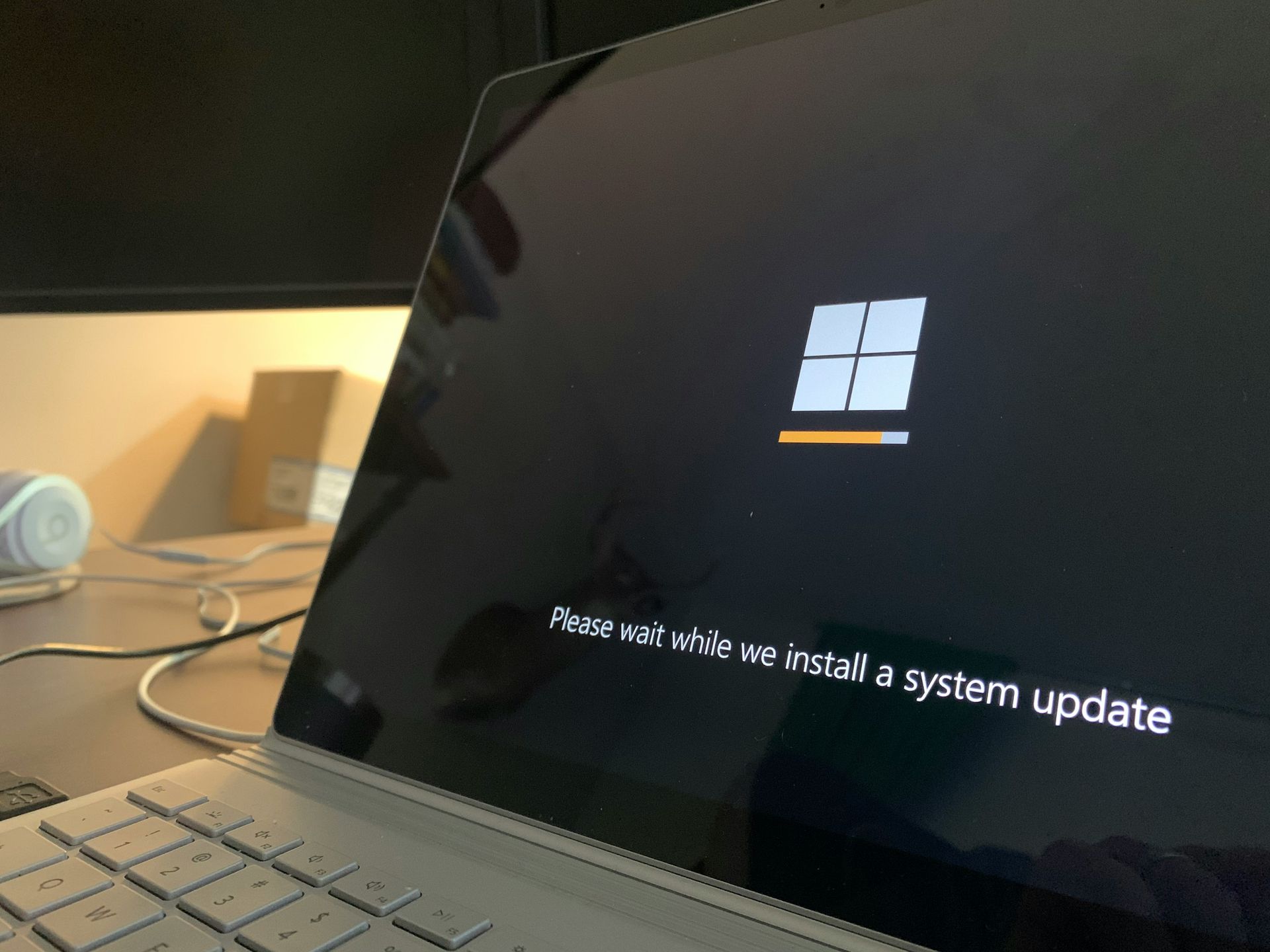The CrowdStrike outage that struck on Friday has sent shockwaves through the business world, affecting companies across the globe.
The unexpected event has brought many operations to a standstill, highlighting the critical role that cybersecurity infrastructure plays in our interconnected digital lives.
As organizations scramble to address the fallout, let’s delve into the details of this far-reaching incident.
Can a $10 CrowdStrike gift card apology really fix the damage?
How did the CrowdStrike outage happen?
The CrowdStrike outage stems from a problematic update to the company’s Falcon Sensor, a key component of their cybersecurity suite. This faulty update has caused widespread system crashes, particularly on Windows-based machines.
The issue manifests as a Blue Screen of Death (BSOD), preventing affected computers from booting up properly and trapping them in a recovery loop.

CrowdStrike, a leader in endpoint protection and threat intelligence, quickly acknowledged the problem. They reported receiving numerous alerts about Windows host crashes related to their Falcon Sensor across multiple versions.
The company has since identified the root cause and begun the process of rolling back the troublesome update on a global scale.
Impact spans industries
The reach of the CrowdStrike outage extends far beyond a single sector, touching businesses in various industries around the world. Banks, airlines, television broadcasters, and supermarkets are among the many organizations grappling with the consequences of this technical hiccup.
In Australia, telecom giant Telstra reported disruptions to some of its systems due to the global issues affecting both CrowdStrike and Microsoft.
If you’re having holdups when trying to reach us this afternoon, it’s because of a global issue affecting both Microsoft and CrowdStrike.
There’s no impact to calls to our Triple Zero call centres or our fixed and mobile network.
— Telstra (@Telstra) July 19, 2024
Across the ocean in Europe, as businesses began their workday, the problems started to surface there as well. UK broadcaster Sky News found itself unable to air its morning news bulletins, forced to display an apology for the broadcast interruption.
BREAKING: Businesses including banks, airlines, telecommunications companies, TV and radio broadcasters, and supermarkets have been taken offline following a mass global outage.
🔗 Read morehttps://t.co/JOhk3lwVq7
— Sky News (@SkyNews) July 19, 2024
The aviation industry has been hit particularly hard by the CrowdStrike outage. Ryanair, one of Europe’s largest airlines, announced it was experiencing a “third-party” IT issue impacting flight departures. In the United States, the Federal Aviation Administration reported that flights from Delta, United, and American Airlines were grounded due to a “communication issue.” Even Berlin airport warned travelers of potential delays stemming from technical problems.
If you're due to travel today and have not already checked-in for your flight, you can do so at the airport. We sincerely apologise for any inconvenience caused as a result of this Global 3rd party IT outage.
— Ryanair (@Ryanair) July 19, 2024
CrowdStrike provides steps to overcome the issue
As IT teams worldwide confront this challenge, they face a daunting task. The CrowdStrike outage has left many organizations with a significant portion of their computers offline and stuck in boot loops. Some companies report that their entire network is down, while others are dealing with up to 70% of their laptops being unusable.
Got hit by CrowdStrike issues? Do these in Windows Safe Mode immediately!
CrowdStrike has provided a workaround for affected machines, but implementing it on a large scale presents its own set of hurdles.
Here is what you should do if you are also affected by the CrowdStrike outage:
- Boot Windows into Safe Mode or the Windows Recovery Environment
- Go to the C:\Windows\System32\drivers\CrowdStrike directory
- Locate the file matching “C-00000291*.sys”
- Delete that file
- Boot the host normally
This procedure can be particularly troublesome for cloud-based servers or remotely deployed Windows laptops.
While CrowdStrike works diligently to resolve the issue and support affected customers, the incident raises questions about the potential vulnerabilities inherent in widely adopted security solutions.
Microsoft global outage counterpart has been fixed
While the CrowdStrike outage continues to cause widespread disruption, Microsoft has managed to resolve a major cloud services outage that occurred in parallel. This dual incident highlights the fragility of our digital infrastructure and the far-reaching consequences when critical systems falter.
The Microsoft outage primarily affected customers in the Central U.S. region, causing issues with multiple Azure services and the Microsoft 365 suite of applications. Users experienced failures in service management operations, connectivity problems, and limited availability of various cloud-based tools.
The popular communication platform Teams was among the affected services, further complicating business operations for many organizations.

Microsoft’s response to the outage was swift. The company quickly identified the underlying cause and worked diligently to restore services. In just a few hours, they announced that the majority of affected services had been recovered.
However, they noted that a small subset of services might still experience residual impact, and some customers in the affected region could continue to face issues.
It also highlights the delicate balance between pushing out timely updates to protect against new threats and ensuring those updates don’t introduce new problems.
As the dust settles on this CrowdStrike outage, organizations will likely reassess their dependence on single-point solutions and consider diversifying their cybersecurity strategies. The incident serves as a valuable learning experience for both service providers and their clients, emphasizing the need for thorough testing, rapid response protocols, and clear communication channels during such crises.
Featured image credit: CrowdStrike





